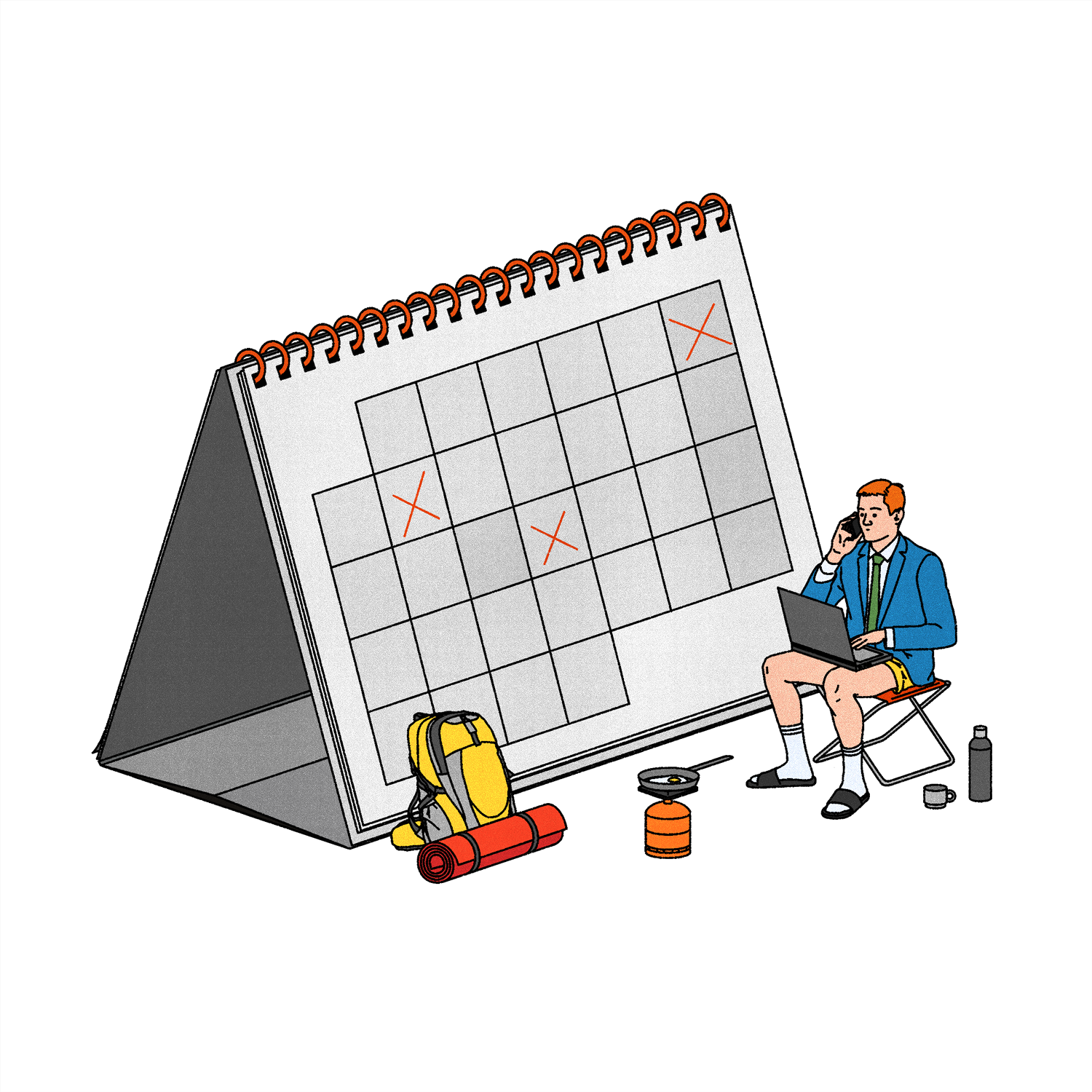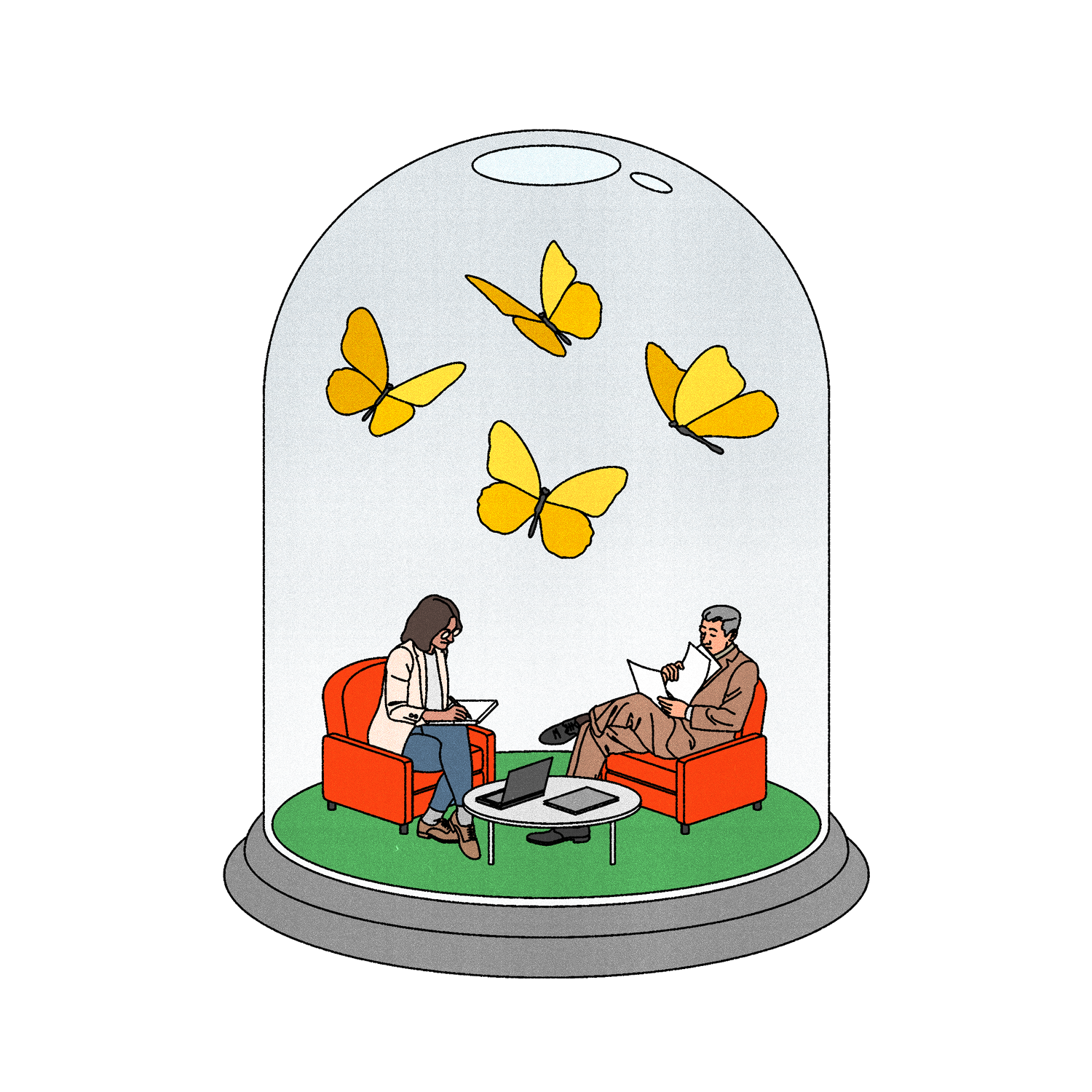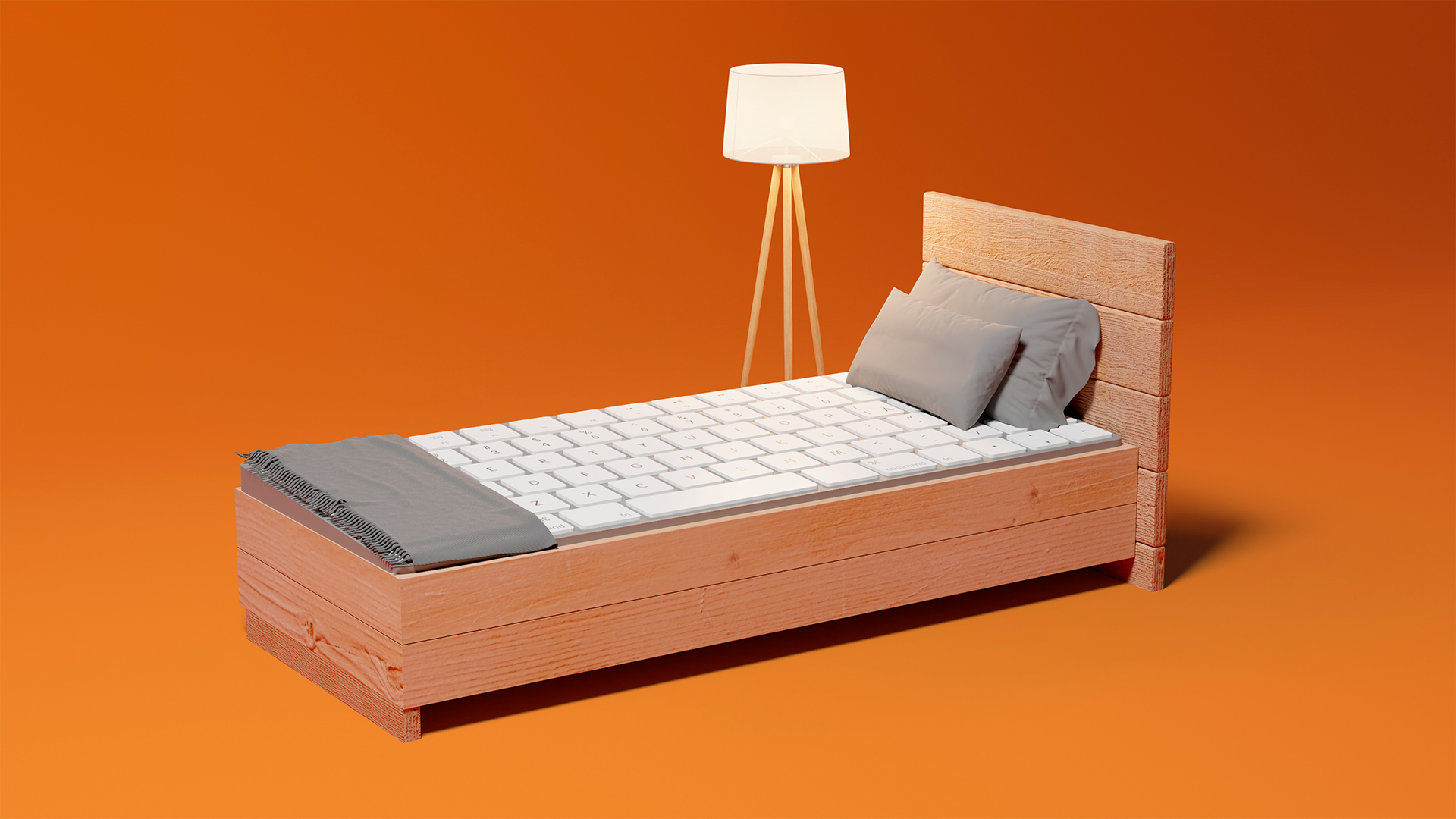
Illustrations by Álvaro Bernis
More and more companies are requiring their employees come into the office several days a week – reversing the direction of travel towards remote working that much of the world experienced during the pandemic and its subsequent years.
Even Zoom, the tech company that became synonymous with working from home during various global lockdowns, has asked remote employees who live within 50 miles of the office to return to a hybrid approach.
You could be forgiven for thinking the five-day office week was never coming back but 64% of CEOs surveyed by KPMG think workers will return to the office full-time by 2026. A widespread return to the office would have major implications for an ailing commercial real estate sector that has been looking at other ways to generate revenue from large offices that are rarely full.
But if employees are to spend more time commuting, the office has to meet their needs. And those needs, or the minimum viable office, is the subject of new research by Leesman, the office environment experts who have produced a report called The Workplace Reset.
Modus has picked out some highlights from the report, which was based on nearly 158,000 responses from 1,315 workplaces around the world and covers the most important factors for employees when they are working in an office.
The eight most important workplace activities
If employers know which activities their staff spend most time doing, and which they value most highly, that can help them understand the functional side of designing a workplace.
The data below shows that a place for individual, desk-based work is the most commonly required element of an office. “This is the bedrock of the workplace, as shown by it being important to 92% of respondents,” states the report. “Quiet, solo, concentrated work is crucial to a positive sense of personal productivity.”
“In the evolving landscape of the modern workplace, the needs and expectations of employees have undergone a noticeable shift, particularly with the rise of hybrid working models,” says Catherine Lai MRICS, an ESG consultant and founder of Feeling Amazing Again.
“While some aspects of what people seek in their office environment remain consistent with what they desired a decade ago, there are notable changes. The need for a quiet, focused workspace has become even more critical as remote work has shown the productivity benefits of a tranquil environment.
“And with team members splitting their time between the office and home, readily available meeting rooms equipped with the necessary technology for hybrid collaboration has become a priority.”
Indoor environmental quality
The quality of the office environment has a huge impact on a person’s ability to do their best work. A couple of degrees too hot or too cold can upset a lot of people’s concentration, as can too much noise or bad lighting. These are all elements that a person can tailor to their own needs when at home and will quickly become a distraction if they are not optimal at work.
The most important feature that affects indoor environmental quality (IEQ) is temperature control, cited by 72% of respondents, followed by noise levels (68%) and natural light (66%).

“While some aspects of what people seek in their office environment remain consistent with a decade ago, there are notable changes” Catherine Lai MRICS, ESG consultant
So have we become fussier about the office environment since the pandemic and the increased prevalence of working from home? “The simple answer is ‘no’, but it did provide time for employees to reconsider their work conditions,” says Lai. “Many workers realised that without the long commutes they could be more time efficient in their work, avoid the distractions of a noisy workplace, and improve their work-life balance.”
Peggie Rothe, chief insights and research officer at Leesman, adds: “Our pandemic and post-pandemic data has consistently shown that the average home is better at supporting the average employee in doing their work than the average office.
“So, on one hand, yes, I do think that employees are expecting more from their workplace now, compared to what they did before the pandemic. In recent years, employees have created better work settings for themselves at home. If they’ve modified their homes to better suit their new ways of working, then they quite rightly also expect their employers to invest in improving the office environments.
“We also know from our data that certain things are better supported at home (things that require acoustic privacy) while other things are better supported in the office (collaboration and connection). People have also become more intentional on why they use different environments.”
What matters most to older employees?
When the responses to the five IEQ elements are divided into age groups, we see that sensitivity to the quality of the indoor environment tends to increase with age. This is especially true of noise levels, office lighting and air quality, which was significantly more important to the over-55s than to the under-35s.
The data shows that older employees may be more sensitive to ‘noise levels’, ‘office lighting’, and ‘air quality’, while the importance of ‘natural light’ and ‘temperature control’ are more consistently important across all age groups.
“It probably has less to do with work and workplace, and more to do with biology,” says Rothe. “As people age, they become more likely to experience conditions such as hearing loss, vision problems or chronic pulmonary disease. And perhaps with age and experience also comes higher expectations?”

“Perhaps with age and experience also comes higher expectations?” Dr Peggie Rothe, Leesman
Workplace features and furniture
Unsurprisingly, the most important features for anyone working in an office are a desk and chair. “The humble desk and chair are so often overlooked, but they are present everywhere in the workplace,” says Rothe. “They’re there to support so many of the high-importance activities like individual work, planned meetings, or taking a break. Getting these wrong can have big consequences.”
Toilets also ranked highly as an important workplace feature, a fact that will not be a revelation to anyone that has worked in an office with inadequate or too few toilet facilities.
However, one area that Lai mentions which doesn’t make it into the features above is office greenery, or biophilia. “Incorporating elements of nature, such as plants, greenery, and natural materials, can have a calming and stress-reducing effect. Biophilic design fosters a connection with nature, improving overall well-being and creativity.”
With so many design elements and environmental features to keep on top of, is it fair to say you’ll never please everyone all the time? “There will always be differences of opinions in many areas, most often temperature,” says Lai. “In my experience it is critical to engage with employees and gain a clear understanding of what is important to them.
“Initiating a dialogue is the most straightforward and inclusive approach to progress. Most employees appreciate decision-making processes that are transparent and well-explained.”

